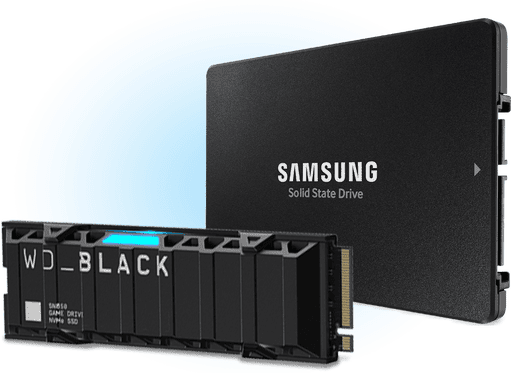Maximizing Performance with an Internal SSD
What is an internal SSD and how does it work?
An Internal Solid State Drive (SSD) is a type of non-volatile storage device that stores data on flash memory. Unlike traditional hard disk drives (HDDs), SSDs have no moving parts, which results in faster data access, lower power consumption, and reduced risk of mechanical failure. SSDs connect to the computer motherboard via interfaces such as SATA or NVMe, with NVMe offering significantly higher transfer speeds.
Why choose an SSD over a traditional HDD?
The primary advantage of SSDs over HDDs is speed. SSDs can dramatically reduce boot times, improve file transfer speeds, and enhance overall system responsiveness. They are also more durable due to their lack of mechanical parts, making them a better choice for laptops and mobile devices. Additionally, SSDs operate more quietly and generate less heat than HDDs.
What are the different types of internal SSDs?
Internal SSDs mainly come in two types: SATA and NVMe. SATA SSDs are more common and compatible with older systems, offering improved performance over HDDs. NVMe SSDs use the PCIe interface, providing significantly faster read/write speeds, ideal for intensive tasks like gaming, video editing, and high-end computing.
How to choose the right capacity for an SSD?
The capacity of an SSD you need depends on your usage. For general computing and operating system installation, a 256GB or 512GB SSD may suffice. However, for gaming, professional video editing, or extensive data storage, larger capacities like 1TB or 2TB are recommended. It's important to balance your storage needs with your budget.
Can I upgrade my existing system with an SSD?
Most modern computers can be upgraded with an SSD. The upgrade process involves cloning your existing drive to the SSD or performing a fresh system installation. It's crucial to ensure the SSD is compatible with your system in terms of size (2.5-inch or M.2) and interface (SATA or NVMe).
How long do SSDs last?
SSDs are known for their longevity, but their lifespan can vary based on the quality of the drive and usage patterns. SSDs have a limited number of write cycles, but for most users, this translates to years of service. Regularly monitoring the SSD's health and firmware updates can help maximize its lifespan.


